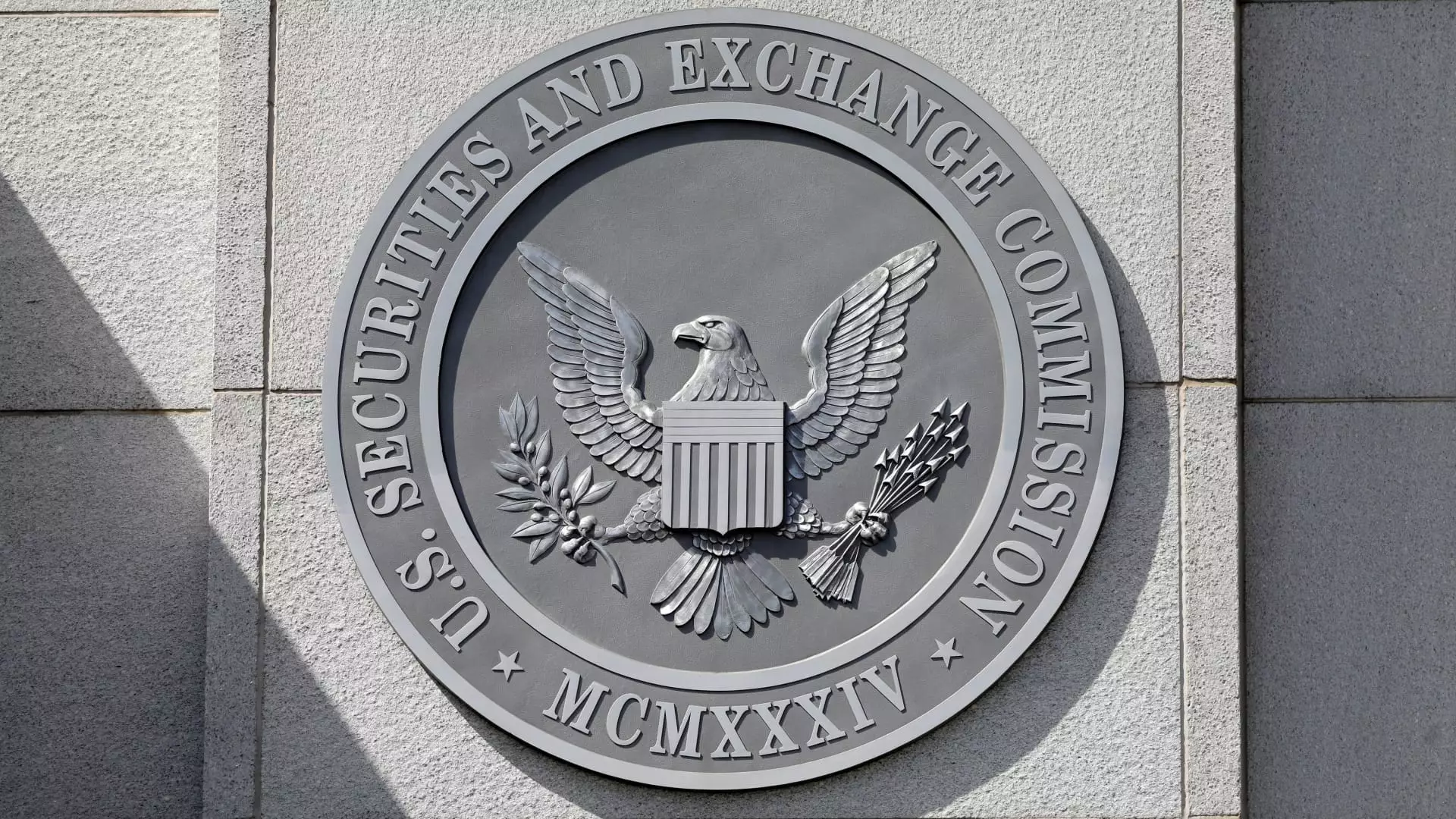The recent changes in procedures at the U.S. Securities and Exchange Commission (SEC) mark a significant pivot in how the agency conducts its investigations. Reports indicate that under the current leadership, attorneys are now required to obtain permission from politically appointed higher-ups before initiating formal probes. This shift, which emerged after President Trump took office, could potentially alter the landscape of regulatory enforcement within the agency and has significant implications for the future of market oversight.
Traditionally, the SEC has operated with a level of autonomy where enforcement staff could initiate investigations with comparatively less oversight. However, recent reports suggest that staff now need to seek approval from the Commission for all formal orders of investigation. This shift entails seeking permissions necessary to issue subpoenas—a critical step in unearthing testimony and documentation needed for investigations. With only three commissioners currently in place—two Republicans and one Democrat—the decision-making power now rests with a significantly smaller group compared to when the agency was fully staffed with five commissioners.
This alteration in procedure arguably reflects an increased procedural gatekeeping that could slow down the investigatory process. By requiring additional layers of approval, the SEC’s enforcement division may find itself hampered by bureaucratic delays, transitioning from a more reactive enforcement posture to one that necessitates prolonged deliberation. Such delays could hinder swift action necessary for addressing potential violations in a timely manner, thus impacting market integrity.
The current leadership structure signals a recalibration of the balance between enforcement and regulatory oversight, mirroring broader political shifts. With the current SEC chair, Republican Mark Uyeda, along with fellow Republican Hester Peirce and Democrat Caroline Crenshaw, the agency’s findings and their broader implications will likely reflect this newly formed ideology. Following the exits of former chair Gary Gensler and Democrat Jaime Lizárraga, the SEC’s future direction now seems aligned more closely with industry preferences, echoing the sentiments of former officials who predict a less aggressive approach to enforcement.
Supporters of this change argue that such measures are designed to protect individuals who may be unfairly subjected to investigations. However, critics worry that this newfound control may undermine the autonomy of the enforcement staff and diminish the efficacy of the agency’s operations. With decision-making concentrated at the top, there is the potential for political considerations to factor into investigations—something that may have previously been avoided when operational authority resided with senior enforcement staff.
Proponents of the previous delegation of authority underline that decentralizing the power to initiate investigations had enabled a swifter response to alleged violations, allowing the SEC to act with urgency when market integrity was at stake. Moving forward, it remains to be seen how the agency will balance its need for oversight with the operational efficiency that comes from allowing enforcement personnel to act independently.
The President’s directive to end the “weaponization” of federal agencies raises further questions about the implications of these procedural changes. By narrowing the scope of formal investigations, the new SEC leadership may inadvertently signal a less aggressive approach to tackling malfeasance, potentially warming relations with sectors previously deemed high-risk or adversarial.
As the SEC adjusts to these internal changes, it stands at a crossroads. The agency’s ability to uphold market integrity while maintaining industry relations will define its success under the new leadership. While the intention behind these policy shifts may aim to foster a more supportive environment for regulated entities, the enduring challenge will be ensuring that accountability does not lapse in the process. Stakeholders across industries will be watching closely to determine how these changes impact regulatory dynamics and the SEC’s commitment to its foundational mission of protecting investors and maintaining fair markets.

Leave a Reply